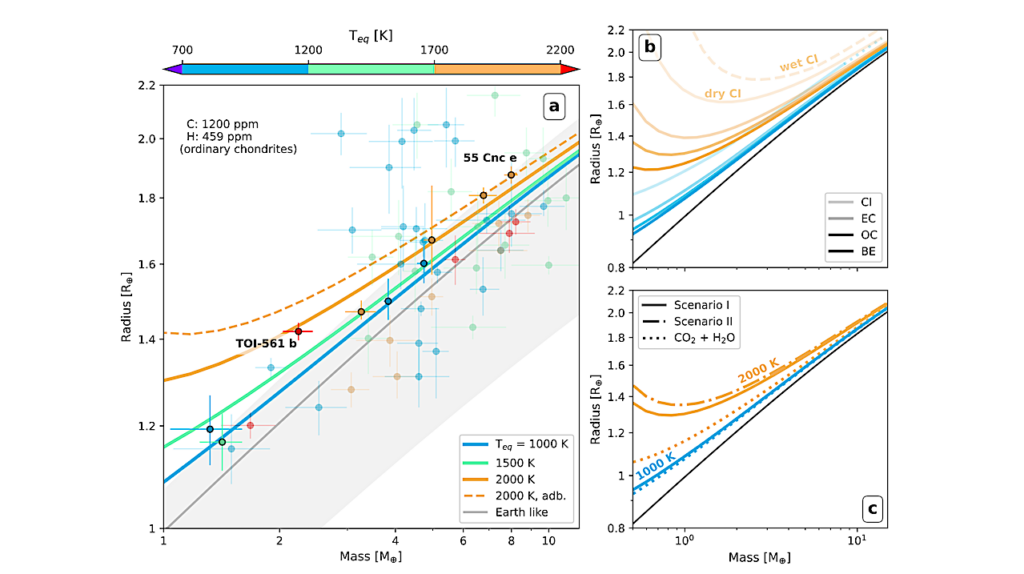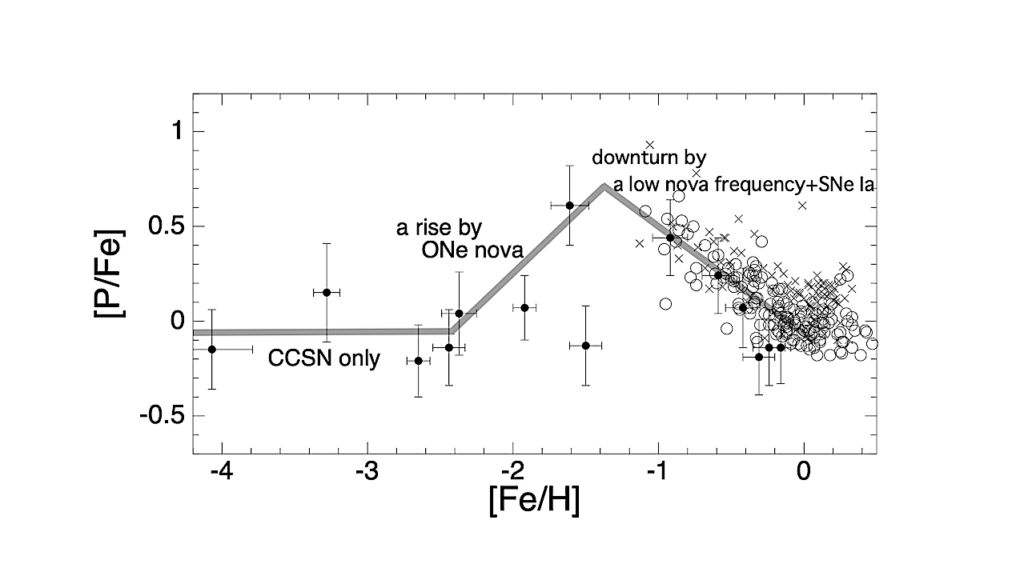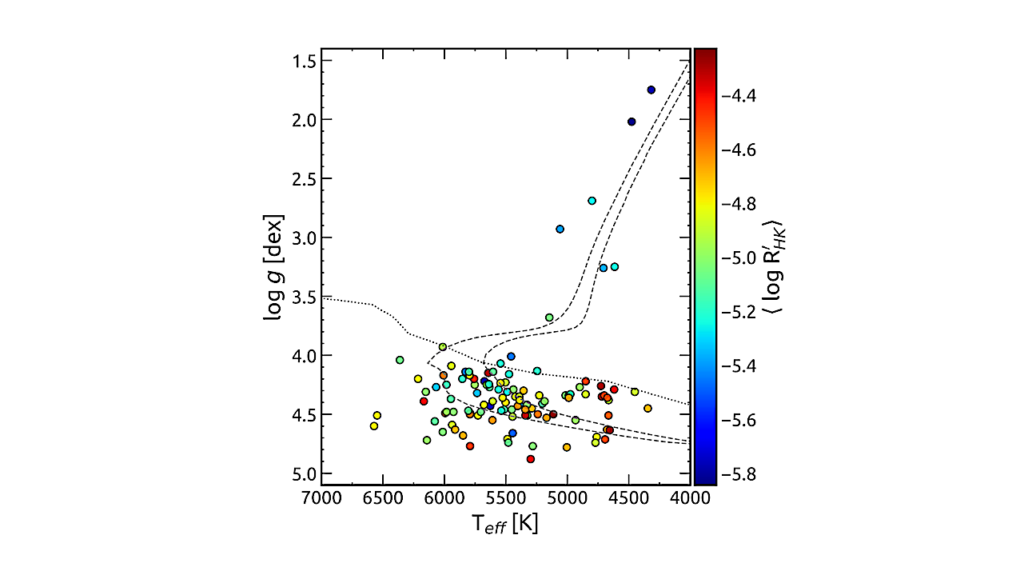Variations Of The HCO+, HCN, HNC, N2H+ and NH3 Deuterium Fractionation In High-mass Star-forming Regions

We use spectra and maps of the J=1−0 and J=2−1 DCO+, DCN, DNC, N2D+ lines and 111−101 ortho- and para-NH2D lines, obtained with the IRAM-30m telescope, as well as observations of their hydrogenated isotopologues to study deuteration processes in five high-mass star-forming regions.
The temperature was estimated from CH3CCH lines, also observed with the IRAM-30m telescope, and from NH3 lines, observed with the 100-m radio telescope in Effelsberg, as well as using the integrated intensity ratios of the J=1−0 H13CN and HN13C lines and their main isotopologues. Applying a non-LTE radiative transfer model with RADEX, the gas density and the molecular column densities were estimated. D/H ratios are 0.001−0.05 for DCO+, 0.001−0.02 for DCN, 0.001−0.05 for DNC and 0.02−0.4 for NH2D.
The D/H ratios decrease with increasing temperature in the range of 20−40K and slightly vary at densities n(H2)∼104−106cm−3. The deuterium fraction of N2H+ is 0.008−0.1 at temperatures in the range of 20−25K and at a density of ∼105cm−3. We also estimate relative abundances and find ∼10−11−10−9 for DCO+ and DNC, ∼10−11−10−10 for N2D+ and ∼10−10−10−8 for NH2D. The relative abundances of these species decrease with increasing temperature. However, the DCN/H2 ratio is almost constant (∼10−10). The observational results agree with the predictions of chemical models (although in some cases there are significant differences).
A. G. Pazukhin, I. I. Zinchenko, E. A. Trofimova, C. Henkel, D. A. Semenov
Comments: 13 pages + appendix (25 pages total), 11 figures. Accepted for publication in MNRAS
Subjects: Astrophysics of Galaxies (astro-ph.GA)
Cite as: arXiv:2309.16510 [astro-ph.GA] (or arXiv:2309.16510v1 [astro-ph.GA] for this version)
Submission history
From: Andrey Pazukhin
[v1] Thu, 28 Sep 2023 15:16:33 UTC (2,780 KB)
https://arxiv.org/abs/2309.16510
Astrobiology, Astrochemistry








